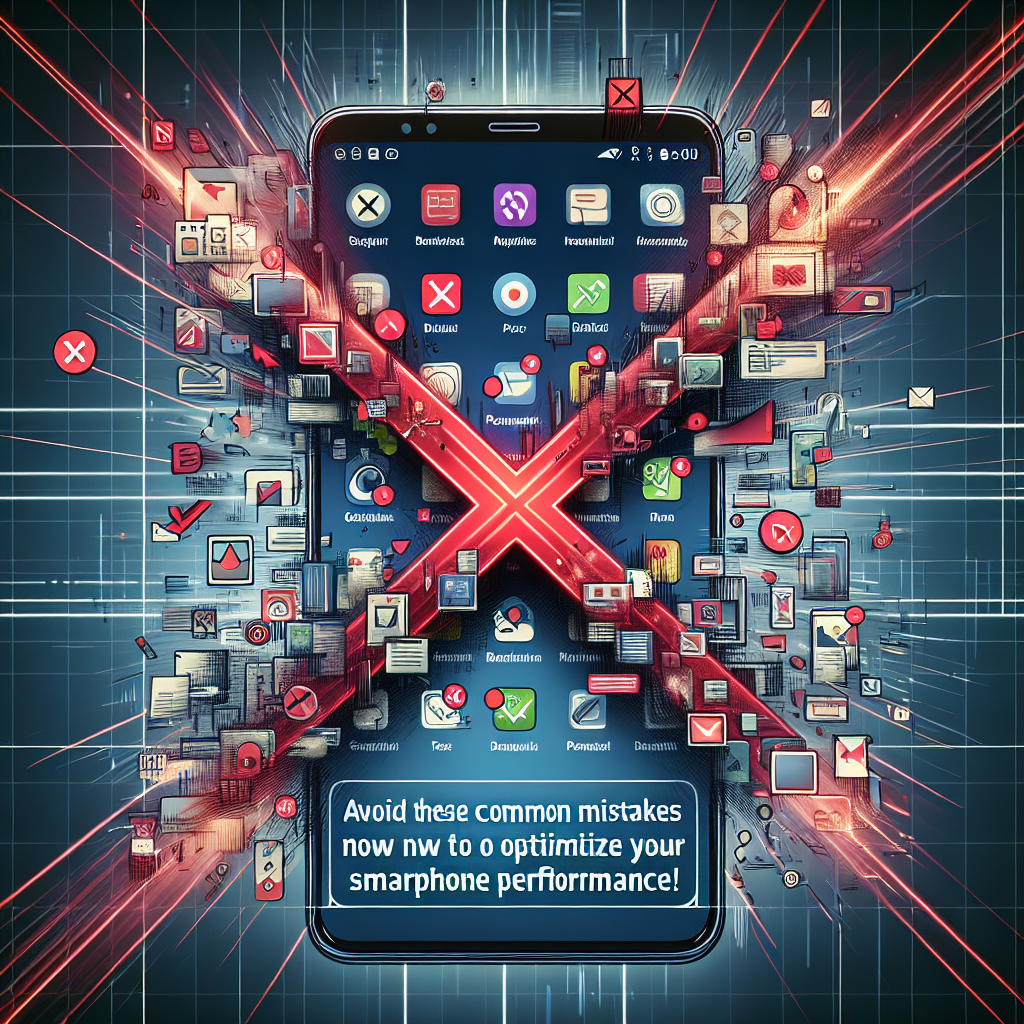Auto brightness is a feature designed to make your iPhone 16 more energy-efficient and comfortable to use in varying lighting conditions. However, for many users, this feature can become frustrating either dimming the screen too much or failing to adjust brightness at all. If you’re experiencing this issue, you’re not alone.
In this guide, we’ll explore why the iPhone 16 auto brightness feature might not be working and provide step-by-step instructions to fix it.

What is the Auto Brightness Feature on iPhone?
Auto brightness uses ambient light sensors to adjust screen brightness based on your environment. It’s meant to:
-
Reduce battery usage
-
Improve screen readability
-
Enhance user comfort
When working properly, it’s seamless. But when the feature fails, your screen may become too dim in bright light or overly bright in dark spaces causing strain and poor visibility.
Common Causes of iPhone 16 Auto Brightness Issues
Understanding the root cause can help resolve the issue faster. Common causes include:
-
Software glitches or bugs – A temporary OS-level error may be interfering with brightness settings
-
Sensor malfunction – The ambient light sensor may be blocked, damaged, or malfunctioning
-
Settings misconfiguration – Custom settings or accessibility features may override brightness behavior
-
Obstructions – Screen protectors or dirty screens can block the light sensor
-
iOS version – Outdated software might cause incompatibility with display controls
How to Fix the iPhone 16 Auto Brightness Issue
Try these proven solutions:
1. Restart Your iPhone
A simple restart can often fix temporary glitches affecting auto brightness.
-
Hold the Side + Volume Down buttons
-
Slide to power off
-
Wait a few seconds, then restart
2. Ensure Auto Brightness is Enabled
-
Go to:
Settings > Accessibility > Display & Text Size -
Scroll down and ensure Auto-Brightness is toggled ON
-
Adjust brightness manually afterward to re-calibrate sensor response
3. Reset Display Settings
If the issue persists:
-
Go to:
Settings > General > Transfer or Reset iPhone > Reset > Reset All Settings -
This won’t delete your data but will restore all settings to default
This helps eliminate hidden conflicts in the display settings.
4. Update to the Latest iOS Version
Apple frequently addresses sensor and display bugs in updates:
-
Go to:
Settings > General > Software Update -
Install the latest version if available
5. Clean the Ambient Light Sensor
Gently wipe the top of the screen where the front camera and sensors are located. Dust, fingerprints, or poorly aligned screen protectors can interfere with the light sensor’s accuracy.
Bonus Optimizations While You’re At It
What This Means for You
When your iPhone’s display doesn’t respond to lighting changes, it can impact usability, drain battery life, or cause eye discomfort. Fortunately, fixing auto brightness is often quick and doesn’t require advanced technical skills.
Whether the issue stems from software or sensor configuration, following the steps above can restore full functionality and comfort.
Conclusion
Auto brightness issues on the iPhone 16 are frustrating but usually easy to fix. By restarting your device, checking system settings, cleaning sensors, and updating iOS, you can regain control over your screen’s behavior.
Small tweaks can go a long way in ensuring that your iPhone display performs as expected in every lighting condition.







